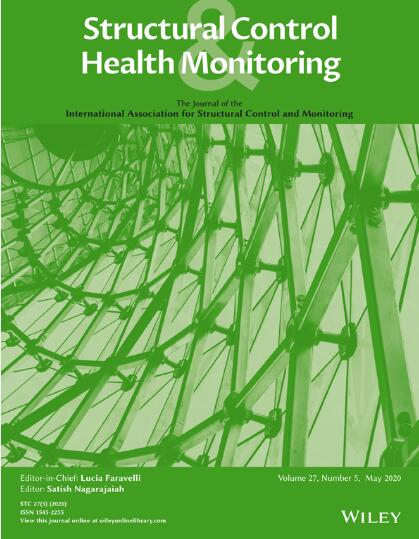Three Optimization Methods for Preprocessing Dam Safety Monitoring Data Using Machine Learning
Abstract
The sensor-based dam health monitoring (DHM) systems of concrete-faced rockfill dam (CFRD) are easily affected by environmental factors, which inevitably causes sensor fault, and the measured value of its effect quantities is nonlinear and unstable. The application of machine learning in the preprocessing of dam safety monitoring data is very extensive, mainly including two parts: gross error elimination and missing data completion. In this paper, support vector regression (SVR), a typical machine learning algorithm, is chosen to accomplish these two tasks, while suggesting possible optimizations in different situations of hydraulic monitoring, including optimization of parameters in SVR using the population algorithm sparrow search algorithm (SSA); optimization of the pattern of gross error discriminant using the minimum covariance determinant (MCD) algorithm; and the hierarchical clustering on principal components (HCPC) algorithm to optimize the selection method of spatial measurement points when completing a segment of missing data. The results show that the optimized SVR method has greater accuracy in both gross error elimination and the completion of individual missing data or a segment of missing data for DHM systems, which is applicable to measured data of CFRD. These optimization methods can also be extended to other engineering applications.


 求助内容:
求助内容: 应助结果提醒方式:
应助结果提醒方式:


